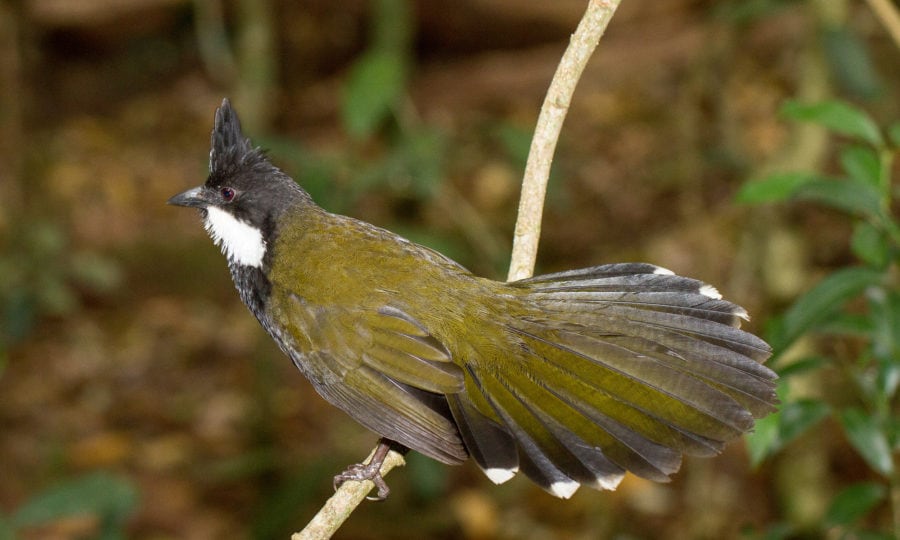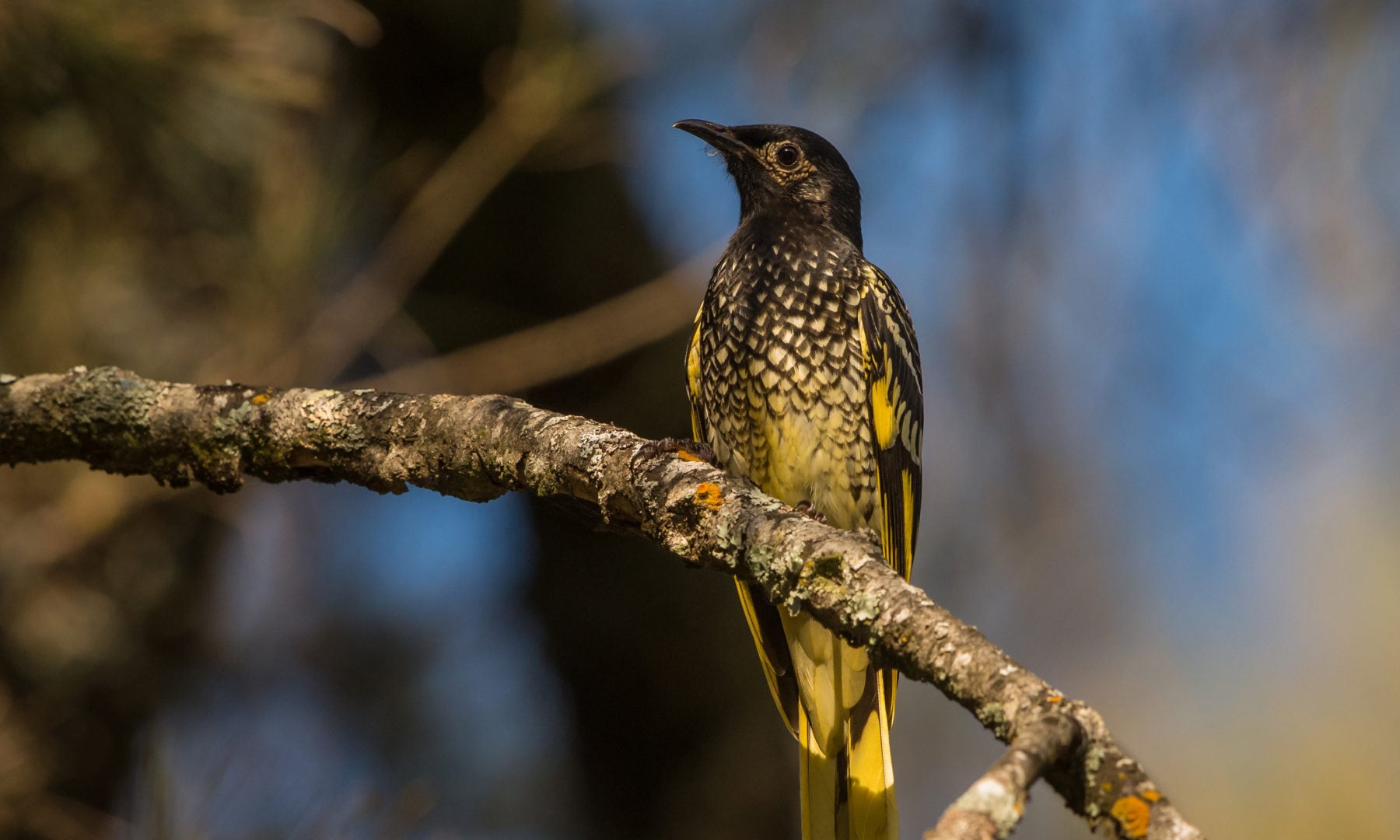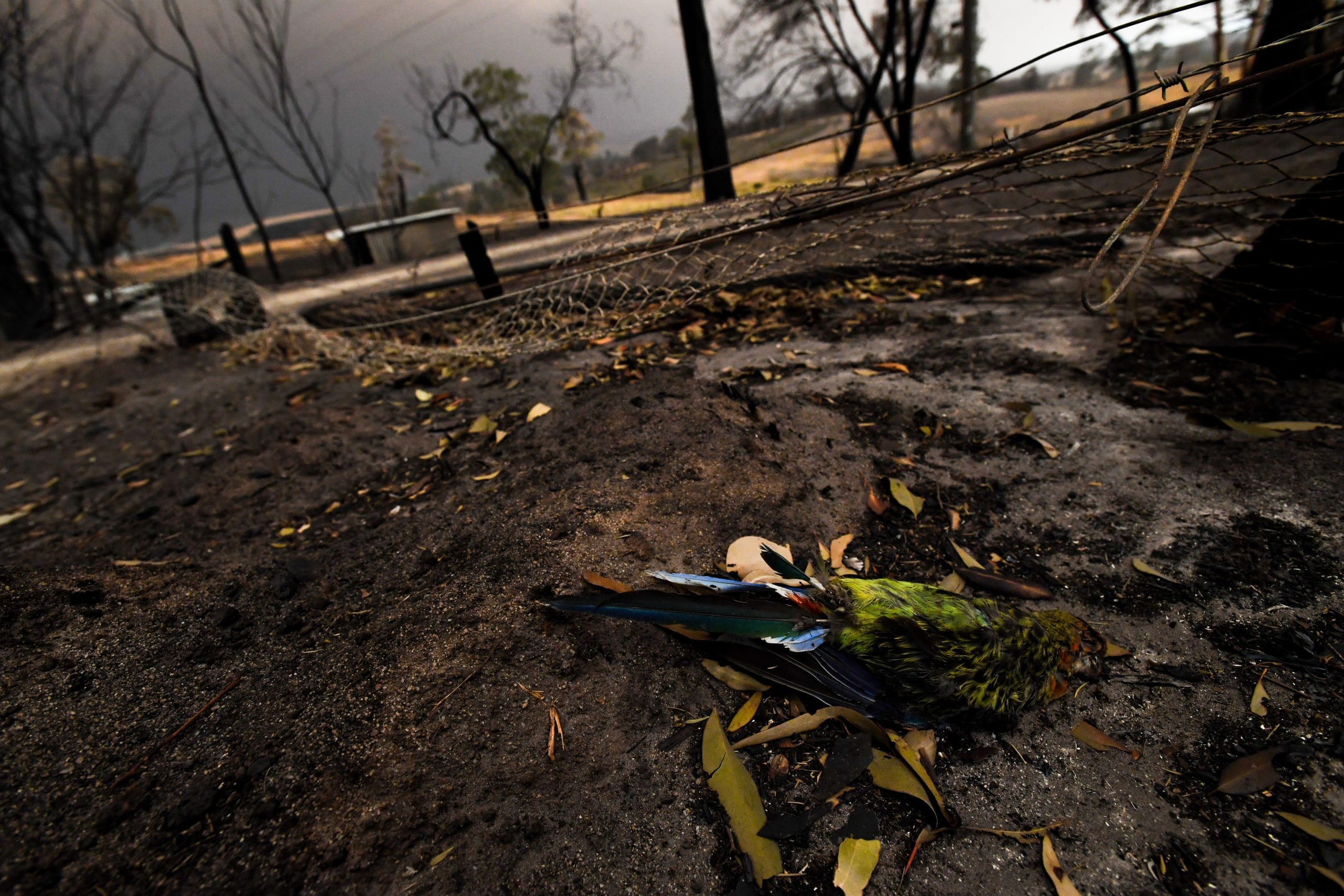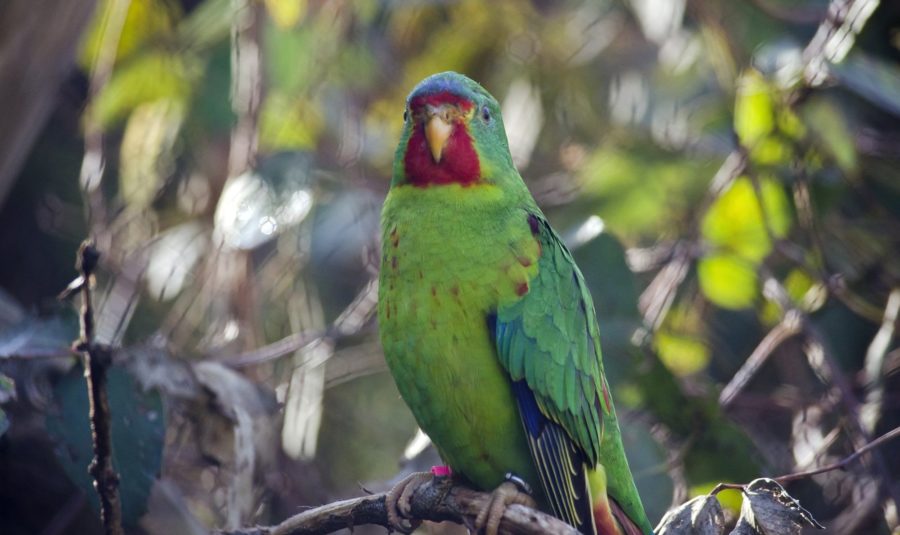Australia’s birds have evolved with the continent’s extreme weather, but not under these circumstances

AUSTRALIA’S BIRDS are among the most intelligent and beautiful in the world. In fact, scientists understand that modern songbirds evolved in East Gondwana (now Australia) millions of years ago, eventually spreading across the world.
What makes them unique, scientists believe, is Australia’s harsh, unforgiving climate. As Australian Geographic journalist Peter Meredith writes in Bird Intelligence, “To survive here, birds had to be highly adaptable, innovative and good decision-makers.”
Yet, the current bushfires raging in Australia – paired with Australia’s land-clearing crisis, which has made us a global deforestation hotspot – is almost too much for the country’s highly evolved birdlife.
“Many of our native bird species are able to cope with fire, however the increased extent and frequency of bushfires we are experiencing now is having a deleterious impact on many species,” says ornithologist and threatened species recovery specialist Mark Holdsworth.
“The species most affected by these massive fires are those that have a restricted range or have specific needs for foraging or nesting.”
As of 21 January, more than 10.4 million hectares had burned across Australia’s south, east and west, according to a spokesperson from the Department of Home Affairs. And along with it, the critical habitat of birds such as the endangered eastern bristlebird, which lost key sites in south-eastern Queensland and northern NSW, the critically endangered regent honeyeater, which lost 20 per cent of its remaining habitat during the Blue Mountains fires, and Kangaroo Island’s subspecies of glossy black-cockatoo that has had 75 per cent of its population wiped out.

It’s not yet safe for scientists to enter firegrounds and assess the damage, but many predict that several species of birds have been pushed further to the brink of extinction, after they were already doing it tough due to habitat loss.
“Personally, I’m concerned about common birds like whipbirds,” says Charles Sturt University ornithologist Maggie Watson. “They like wet gullies, which is prime agricultural habitat, so a lot of their range had been cleared prior to the fires. It’s been contracting for years. And now everything’s been burnt. They were doing okay before the bushfires but now we have no idea.”
Can’t birds just fly away from the fires? The short answer is no. As Maggie explains, “lots of species of birds are real homebodies and will not leave no matter what happens. Other birds become disoriented by the smoke. Some species of kites and swallows know to fly above the smoke, but lots of birds don’t go up high, they stay low, and eventually succumb to the fires.”
And then there’s the strong winds. “Not all birds are good flyers, like willy wagtails for example,” says Maggie. “They’ve got wings that allow them to shoot up into the air and grab an insect and then fly down. They’re not strong long-distance flyers.” This means they easily become caught in strong winds and fire-whirls.
And the birds that manage to survive aren’t entirely out of harm’s way either.
“Many individuals will have managed to escape the fire but they will be forced into unfavourable habitats and many more will die from starvation and predation,” says Mark. “It is distressing to witness any animal suffering in this way and it highlights the need to further protect important habitats before they too are lost.”

Black-cockatoo expert Erika Roper says that glossy black-cockatoos are having a hard time in the aftermath of the fires. “Glossies are diet specialists, which means they feed almost exclusively on allocasuarina seeds, and many of the allocasuarina stands have been completely destroyed in the fires, both on Kangaroo Island and on the east coast.
“Surviving cockatoos will probably struggle to find suitable food in the months following the fires, unless they can somehow adapt to novel foods, which is something we haven’t seen before with glossies.”
Erika is, however, hopeful for other species of cockatoo.
“Many parrot species found on the east coast are excellent adapters, able to find and exploit novel foods and habitats.
“Many species are already found in urban areas where they feed on novel foods, like rosellas eating apples in people’s backyards, gang-gangs eating cotoneaster or liquidambar in parks and streets, or yellow-tailed black-cockatoos eating pine.”
Cockatoos are what Maggie calls “winners” in that they can adapt, while others won’t be so lucky, and we’ll see this more and more as the impacts of global heating become more severe.
“Climate change won’t affect all birds equally.
“We’ve seen koels and cuckoos coming further south, moving out of areas that are too hot for them, and then there are birds like brush turkeys that have learnt to live in more urban environments. They’re adapting, but we’re bound to lose species.”
It’s true that birds have suffered through extremes before, but not quite under the same circumstances.
“They’ve evolved in situations like this and yes, they could cope if they had habitat to contract to. When bushfires whipped through a whole mountain range, the rest would follow another habitat and wait until the old area regrew, but there’s nothing for them to go to. It has all been cleared or burned.”

According to Mark, to ensure a future for Australia’s unique birds, recovery plans, which are compulsory for any Australian animal listed as threatened under the Environment Protection and Biodiversity Conservation Act 1999, must be fully funded following these fires.
“Unfortunately, successive governments have failed to fund these plans for many decades and it means we have lost the opportunity to recover the species and build resilience so that catastrophic events such as the recent bushfires would have had less of an impact.
“As it stands now, we have lost ground on saving many species and it is now crucial that governments fully fund these plans as a matter of urgency.”


